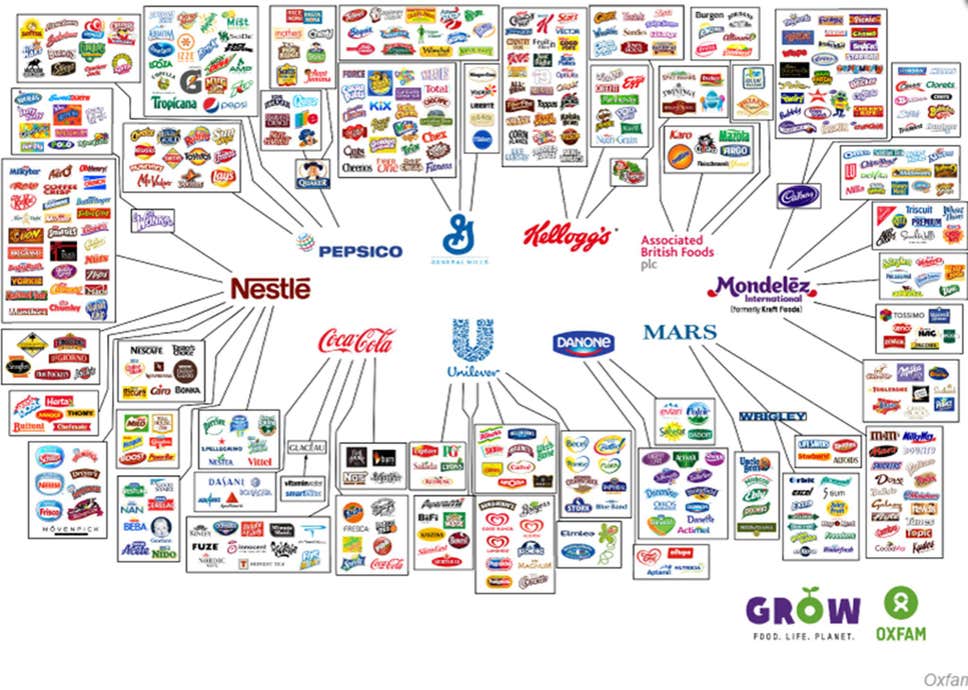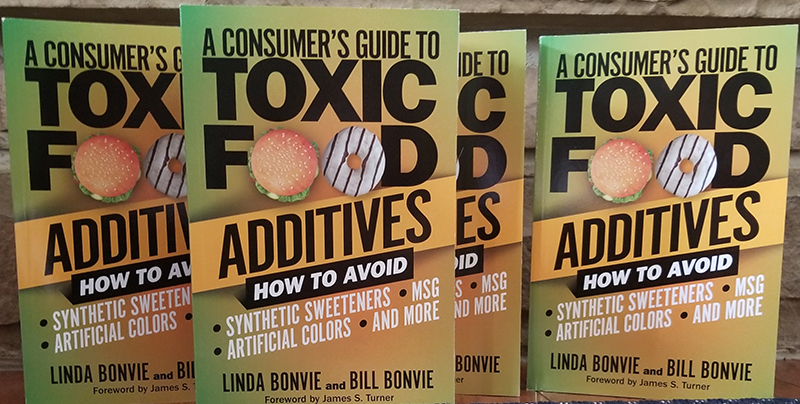Although the typical U.S. supermarket contains a wide variety of packaged foods, that assortment emanates from 10 giant conglomerates.
These multinationals, such as Unilever, Coca-Cola and Mondelez, have their imprints on practically everything you eat. And more and more of these products are “ultra-processed.”
It used to be that food technologists designed processed foods. Those would be whole foods that were canned, freeze-dried, or fermented, for example. But in the 1980s ultra-processed food — products manufactured with substances extracted from foods or synthesized in laboratories — started to line supermarket shelves.
Ultra-processed foods are fractionated-recombined foods consisting of an extensive number of additives and ingredients, but little actual whole food. They can be identified by the remarkably long list of ingredients – including many unpronounceable ones — found on their labels. According to a recent study, Canadians are taking in practically half of their daily calories from ultra-processed foods.
Not mentioned in any study of ultra-processed foods, however, are the toxic ingredients added for color, flavor, shelf life (preservatives), and protein, along with low-calorie sweeteners. Manufactured free glutamate (MfG), the toxic component of monosodium glutamate, and all of the ingredients in the following list are found in both flavor enhancers and protein enhancers. And some say because they mask the taste of old or rancid food, MfGs are used as preservatives as well.
Names of ingredients that always contain MfG:
- Glutamic acid (E 620)
- Glutamate (E 620)
- Monosodium glutamate (E 621)
- Monopotassium glutamate (E 622)
- Calcium glutamate (E 623)
- Monoammonium glutamate (E 624)
- Magnesium glutamate (E 625)
- Natrium glutamate
- Anything “hydrolyzed”
- Any “hydrolyzed protein”
- Calcium caseinate, Sodium caseinate
- Yeast extract, Torula yeast
- Yeast food, Yeast nutrient
- Autolyzed yeast
- Gelatin
- Textured protein
- Whey protein
- Whey protein concentrate
- Whey protein isolate
- Soy protein
- Soy protein concentrate
- Soy protein isolate
- Anything “protein”
- Anything “protein fortified”
- Soy sauce
- Soy sauce extract
- Protease
- Anything “enzyme modified”
- Anything containing “enzymes”
- Anything “fermented”
- Vetsin
- Ajinomoto
- Umami
- Zinc proteninate
Names of ingredients that often contain or produce MfG during processing:
- Carrageenan (E 407)
- Bouillon and broth
- Stock
- Any “flavors” or “flavoring”
- Natural flavor
- Maltodextrin
- Oligodextrin
- Citric acid, Citrate (E 330)
- Anything “ultra-pasteurized”
- Barley malt
- Malted barley
- Brewer’s yeast
- Pectin (E 440)
- Malt extract
- Seasonings
The following are ingredients suspected of containing or creating sufficient processed free glutamic acid to serve as MfG-reaction triggers in HIGHLY SENSITIVE people:
- Corn starch
- Corn syrup
- Modified food starch
- Lipolyzed butter fat
- Dextrose
- Rice syrup
- Brown rice syrup
- Milk powder
- Reduced fat milk (skim; 1%; 2%)
- most things “low fat” or “no fat”
- anything “enriched”
- anything “vitamin enriched”
- anything “pasteurized”
- Annatto
- Vinegar
- Balsamic vinegar
- certain amino acid chelates (Citrate, aspartate, and glutamate are used as chelating agents with mineral supplements.)
Convenient, relatively inexpensive and heavily advertised, the future of ultra-processed foods seems to be assured (1). And why not? The FDA lets the people who manufacture ultra-processed foods declare that they are GRAS (generally recognized as safe), and the general public seems unaware that the fox is guarding the hen house.
If you have questions or comments, we’d love to hear from you. If you have hints for others on how to avoid exposure to MfG, send them along, too, and we’ll put them up on Facebook. Or you can reach us at questionsaboutmsg@gmail.com and follow us on Twitter @truthlabeling.
Reference
1. Open PR Worldwide Public Relations. Press release. 7/3/2019. “What’s driving the Flavor Enhancers Market Growth? Cargill, Synergy Flavors, Tate & Lyle, Associated British Foods pic, Corbion …” https://www.openpr.com/news/1794737/what-s-driving-the-flavor-enhancers-market-growth-cargill. Accessed 7/31/2019.






